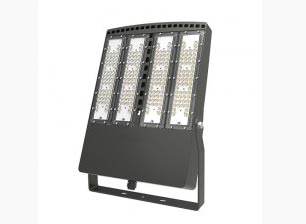
Why do LED flood lights burn out?
Overheating:
Excessive heat can damage the components of an LED light, leading to failure. LED flood lights are prone to overheating if they are not adequately cooled, either due to poor design, insufficient heat sinks, or operating in high-temperature environments.
Power Surges:
Fluctuations in electricity can cause LEDs to burn out prematurely. Power surges, in particular, can overwhelm the delicate circuitry of LEDs and cause them to fail.
Poor Quality Components:
LED lights are made up of various components such as LEDs, drivers, and heat sinks. If any of these components are of poor quality or defective, they can fail prematurely, leading to the burnout of the entire light fixture.
Environmental Factors:
Exposure to harsh environmental conditions such as extreme temperatures, humidity, or corrosive substances can degrade the materials of LED flood lights and cause them to fail over time.
Overuse or Overload:
Continuous operation beyond the recommended lifespan or exceeding the maximum load capacity can accelerate the wear and tear of LED flood lights, causing them to burn out sooner than expected.
Manufacturing Defects:
Sometimes, LED flood lights may have manufacturing defects that only manifest after some time in use. These defects can lead to premature failure of the light fixture.
To extend the lifespan of LED flood lights, it's important to choose high-quality products, provide adequate ventilation for heat dissipation, protect them from power surges with surge protectors, and adhere to recommended usage guidelines. Regular maintenance and inspections can also help identify issues before they lead to complete failure.

